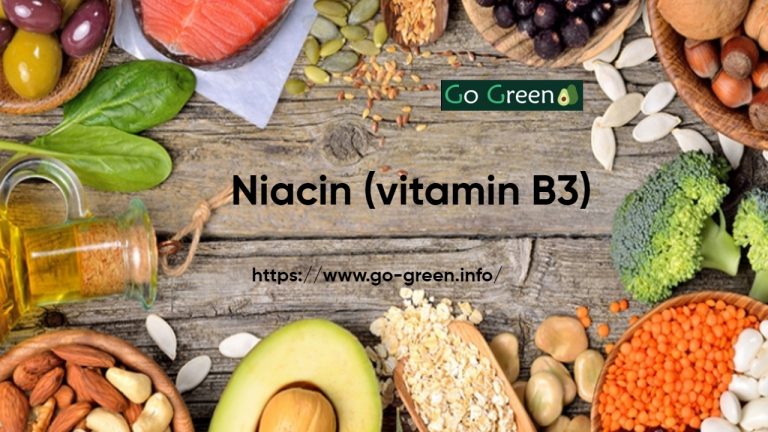Alliums /Spring Onion

The alliums are better known as the pungent and culinarily indispensable onion and garlic family. They include onions and their relatives like leeks, scallions, shallots, and chives, in addition to several varieties of garlic.
Alliums’ best nutritional feature is the amazing amounts and activity of their antioxidants. Many of these are powered by the sulfur they contain in the form of organosulfur compounds (the source of their pungent aromas). Rich in soluble fibers such as fructans and inulin, alliums also provide a variety of vitamins, including B vitamins (especially folate) and vitamin C, and minerals such as potassium, selenium, and manganese. And in a neat trick, alliums help promote the bioavailability of other minerals, including iron and zinc.
Alliums are nutritionally versatile super foods. They strengthen the immune system in its ability to fight infection, slow aging by combating inflammation and protect against many cancers. They protect your heart and significantly lower your risk of developing cardiovascular disease. And their soluble fibers support a healthy gut.
The only place I can think of where you should absolutely not use onions or garlic is dessert. (I hear that garlic ice cream is a thing in Gilroy, California, but I have no plans to try it.) But just about any savory dish can be enhanced by the powerful flavors of cooked alliums.
Many dishes begin with a base of sautéed onions and/or garlic, or a variant like shallots or leeks. These include sauces, soups, and stews; stir-fries and scrambles; pasta dishes; and a variety of mains and sides from around the world. Cooked and raw alliums also add flavor to grain bowls and salads.



